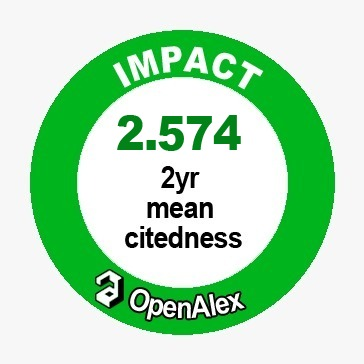Phytochemicals in Tomatoes- A Case for Optimum Thermal Processing
Downloads
Despite the recent emphasis on phytochemical contents of fruits and vegetables, evidence regarding their bioavailability remains inconclusive. In current study, a before and after 3 X 3 factorial design was adopted to compare phytochemistry of tomatoes under following variants of processing; temperature (raw vs.75°C vs.88°C) and time (5vs.15vs.30 minutes). Thermal processing was found to improve antioxidant, flavonoid and phenolic contents of tomatoes. Maximum values were noted after 30 minutes of heating at 88°C. Significant (p<0.05) improvements were observed in heat treated puree (30 minutes, 88°C) compared with raw in its antioxidant activity (8.05mg/100g to 46.87mg/100g), in phenolic content (20.02mg/100g to 26.99mg/100g) and in flavonoid content (1.71mg/100g to 4.61mg/100g). The potential influence of heat on antioxidant, flavonoid and phenolic content availability in tomatoes and products would be of interest to food technologists in all parts of the world as well as to the public health professionals in selecting and guiding about optimal processing temperatures.





